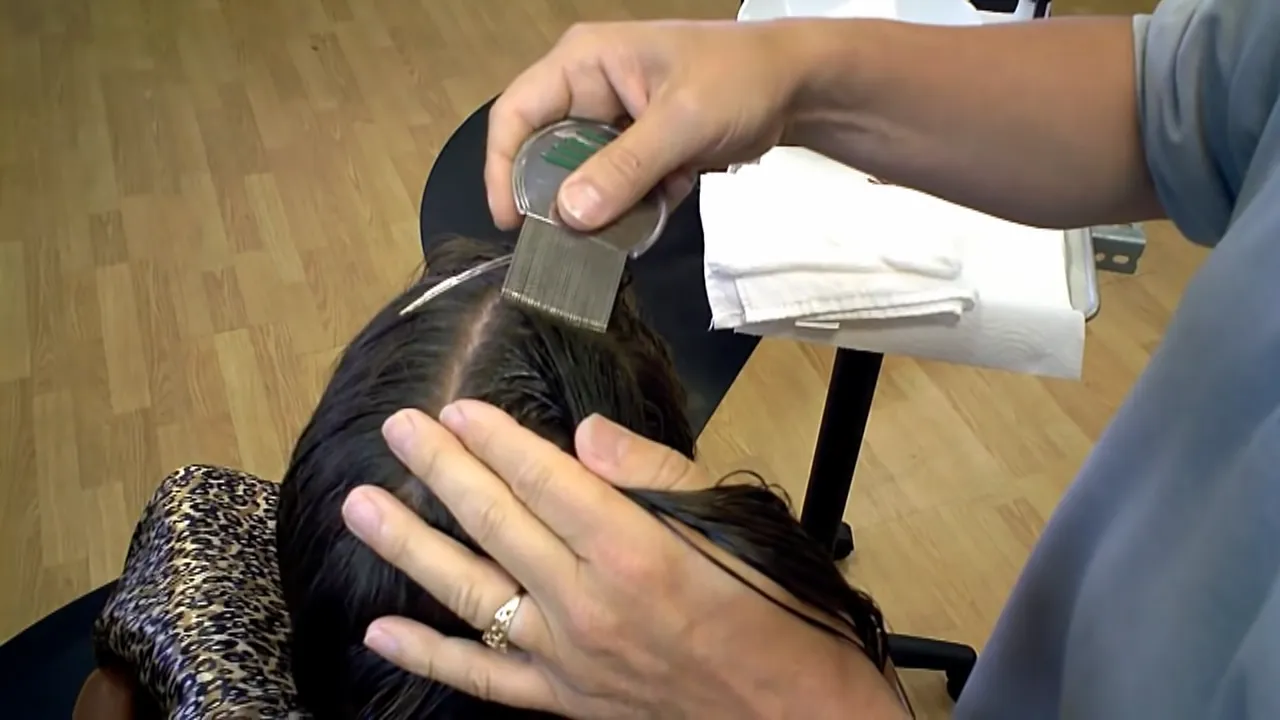Dealing with lice is a challenge that many parents and guardians face, especially with school-going children. Lice infestations, commonly known as pediculosis, can cause itchiness, discomfort, and a great deal of concern. These tiny, wingless parasites are known for their resilience and rapid reproduction, making it crucial to find an effective treatment method.
Does hairspray kill lice and their eggs? The simple answer is: it might, but it’s not the most effective or recommended method. Hairspray may suffocate some lice due to its sticky nature, but it doesn’t guarantee the complete elimination of these pesky pests or their nits.
Lice have been around for thousands of years, coexisting with humans and finding their nourishment from our scalp. Over time, various home remedies and myths have emerged regarding lice treatment, with hairspray being one of them. But relying on hairspray alone might leave one disappointed in the battle against lice.
What is Lice?
Lice are tiny insects that inhabit the human scalp and feed on our blood. Their presence can lead to itching, discomfort, and social stigma, making them an undesirable pest. But to tackle the issue of lice effectively, it’s imperative to have a thorough knowledge of their nature and life stages.
Definition and Characteristics
Lice are wingless parasites that have evolved alongside humans for thousands of years. Their bodies are adapted to cling to human hair, making them a persistent and challenging issue for many. They are:
- Small: Adult lice are about the size of a sesame seed.
- Flat-bodied: This enables them to cling to hair strands easily.
- Greyish-white or brown: Their color can vary, but they usually blend in with the scalp, making them hard to spot.
- Fast movers: Although they can’t fly or jump, lice can crawl swiftly from hair strand to hair strand.
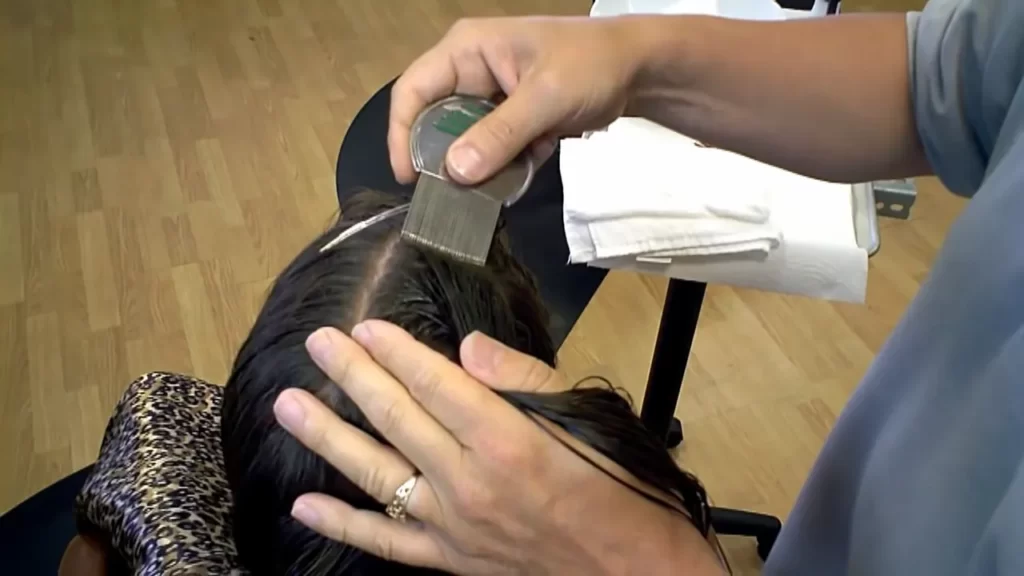
Lifecycle Stages: Nits (eggs), Nymph, and Adult
Understanding the lifecycle of lice can assist in targeting treatments effectively:
- Nits (eggs): Lice eggs, or nits, are firmly attached to hair strands near the scalp. They appear as tiny yellowish-brown dots and are often mistaken for dandruff. However, unlike dandruff, they don’t move and can be difficult to remove. Nits hatch in about 6 to 9 days.
- Nymph: After hatching, the baby lice, known as nymphs, begin to feed on blood immediately. They look like adult lice but are smaller. In about 7 days, nymphs mature into adults.
- Adult: Adult lice can live up to 30 days on a human host. Female lice lay up to 6 eggs a day, leading to rapid infestations if not treated promptly.
Common Lice Treatments
Eliminating lice often requires more than one approach. Over the years, several treatments have emerged, each with its advantages and limitations.
Over-the-counter Solutions
- Pediculicides: These are chemical solutions designed to kill lice. Common ingredients include permethrin and pyrethrin. It’s essential to follow the instructions precisely and ensure all lice and nits are removed.
- Shampoos and Conditioners: Special lice treatment shampoos and conditioners can be used to suffocate and remove lice. They often need to be used in conjunction with thorough combing.
Prescription Treatments
When over-the-counter solutions aren’t effective, doctors may prescribe stronger treatments. These include:
- Oral Medications: Pills like ivermectin can be taken to combat severe infestations.
- Topical Treatments: Malathion and benzyl alcohol lotions are examples of prescription lotions applied directly to the scalp to kill lice.
Home Remedies and Their Popularity
In addition to store-bought treatments, many individuals opt for home remedies. These methods have gained popularity due to their perceived natural and non-toxic nature. Common remedies include:
- Tea Tree Oil: Known for its antiseptic properties, some believe it can repel lice.
- Vinegar: Its acidity is thought to loosen the glue that binds nits to hair, making them easier to comb out.
- Mayonnaise or Olive Oil: Thick coatings of these can suffocate lice, but they require lengthy application and can be messy.
However, it’s crucial to approach home remedies with caution, as not all are backed by scientific evidence.
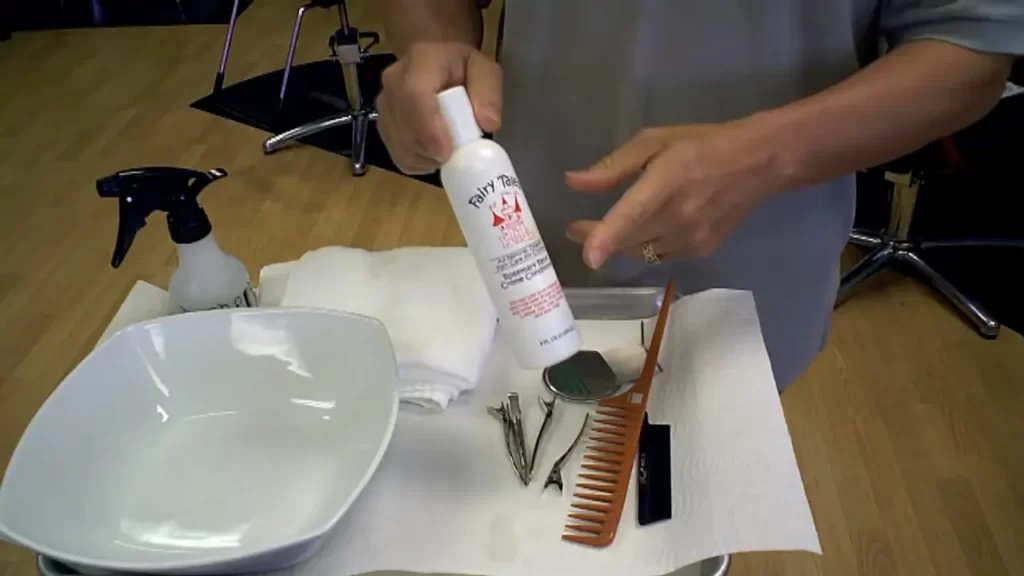
Hairspray: A Brief Overview
Hairspray is a staple in many hair care routines. While not initially designed as a lice treatment, its use in this realm has been a topic of debate.
What is Hairspray?
Hairspray is a cosmetic product designed to hold hair in place. It provides structure, volume, and longevity to styled hair, ensuring it remains intact throughout the day.
Common Ingredients in Hairsprays
- Polymers: These create a film around hair strands, providing hold.
- Solvents: Typically alcohol, solvents dissolve other ingredients and evaporate quickly, allowing the hairspray to dry rapidly.
- Propellants: Ingredients like hydrocarbons push the product out of aerosol cans.
- Conditioning Agents: These add shine and reduce static in hair.
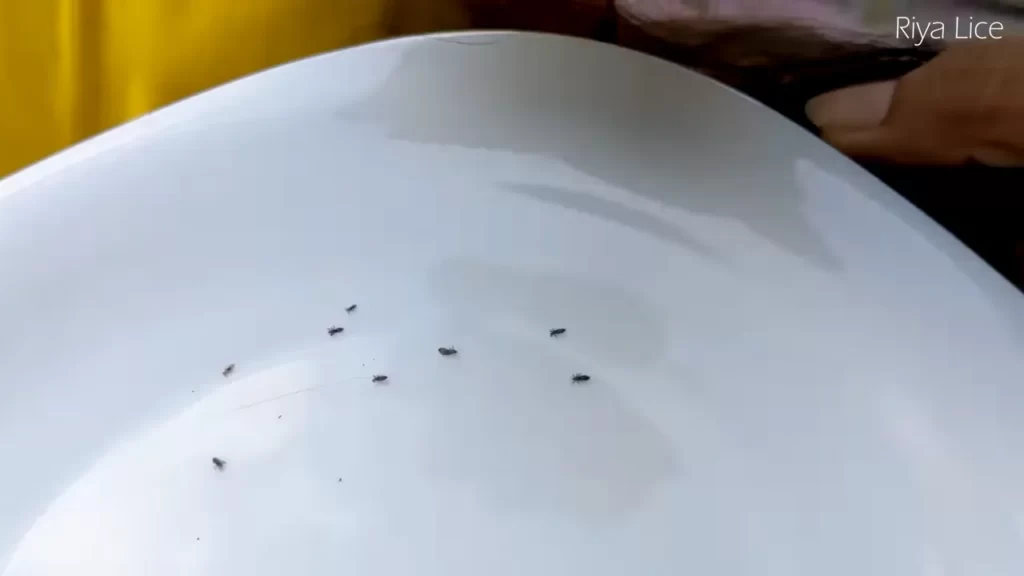
Hairspray and Lice
Hairspray, a common hair styling product, has been a topic of discussion among those seeking alternative methods to tackle lice. The burning question on many minds: Can hairspray actually combat lice and their eggs?
How Hairspray Affects Lice
Hairspray acts as a sealant. When applied to the hair, it creates a coating around each strand, giving the hair a hold. This coating effect is what some believe might suffocate lice. Adult lice, which feed on human blood several times a day, might find it difficult to move or feed when hairspray is applied. However, it’s worth noting that while hairspray may slow them down, it doesn’t necessarily kill them outright.
Effects on Lice Eggs (Nits)
Nits, or lice eggs, attach firmly to the hair shafts close to the scalp. They’re covered by a protective shell, which ensures their safety until they hatch. The use of hairspray might make the hair shaft slippery, potentially causing some nits to slide off. However, the general consensus among experts is that hairspray isn’t effective enough to eliminate all nits or prevent them from hatching.
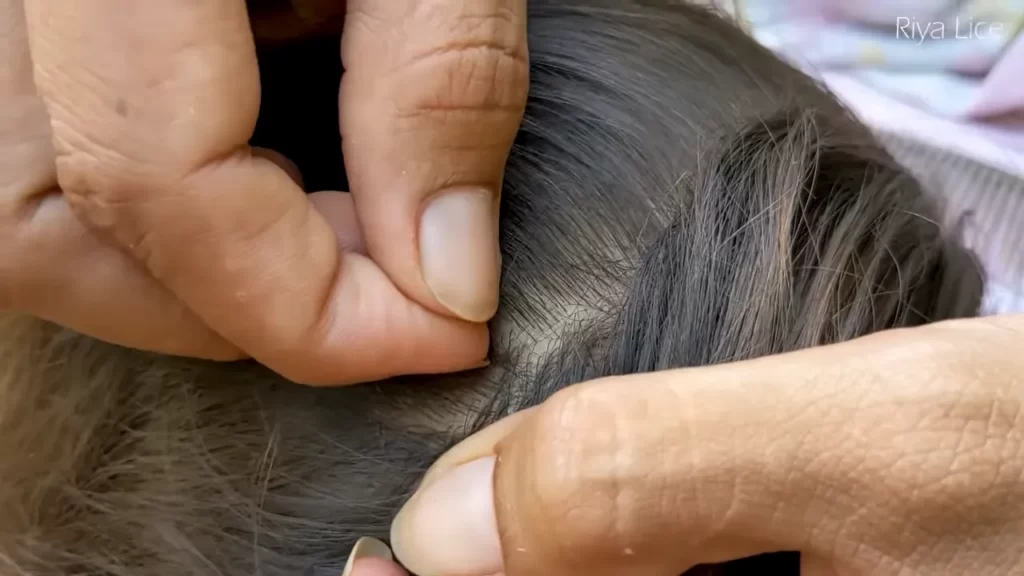
Scientific Findings on Hairspray and Lice
Research on the topic is essential to separate fact from fiction. Over the years, various studies have tried to determine the effectiveness of hairspray against lice.
Studies and Their Results
A few studies have been conducted on the subject, but results have been inconclusive. Some findings suggest that while hairspray might have a limited effect on adult lice by immobilizing them, it doesn’t necessarily kill them or their eggs. Other research points out that the chemical components in some hairsprays can potentially harm the lice, but the exact concentration required and its safety for human application remain questionable.
Safety Concerns and Considerations
While exploring the use of hairspray as a lice treatment, it’s crucial to consider the potential risks. Hairspray contains chemicals that might irritate the scalp, especially if used excessively. People with sensitive skin or those with scalp conditions might experience redness, itching, or burning sensations. Moreover, frequent application can lead to hair damage or breakage.
Alternatives to Hairspray
With the limited efficacy of hairspray in lice treatment, it’s practical to explore other options.
Other Home Remedies and Their Effectiveness
- Tea Tree Oil: Known for its antiseptic properties, some believe it can kill lice. However, it’s vital to dilute it before application.
- Vinegar: Its acidic nature can loosen the grip of nits on hair, making them easier to comb out.
- Mayonnaise: Used as a suffocating agent, it can be applied to the hair and left overnight. However, its effectiveness is debatable.
- Coconut Oil: Besides its nourishing properties, it can act as a slippery surface, making it tough for lice to grip the hair.
Tips for Prevention and Control
Combatting lice is not just about treatment; prevention is equally important. Here are some actionable tips:
- Regular Checks: Regularly inspect the scalp, especially behind the ears and the nape, areas lice favor.
- Avoid Head-to-Head Contact: Lice don’t jump or fly; they crawl. Direct head contact is a common transmission method.
- Clean Belongings: Lice can survive for a short time off the head. Regularly wash and heat-dry bed linens, clothing, and plush toys.
- Use Lice Prevention Products: Several shampoos and conditioners in the market can repel lice.
- Inform and Educate: If someone in the household has lice, it’s considerate to inform close contacts. Knowledge is a powerful tool in lice prevention.
FAQs
What is Lice?
Lice are tiny, wingless parasites that feed on human blood. They can be found on the human scalp and cause itching due to their bites.
How does Lice Spread?
Lice primarily spread through direct head-to-head contact. Sharing combs, hats, or pillows with an infested person can also lead to transmission.
Are Lice Dangerous?
While lice are a nuisance and can cause discomfort, they are not known to transmit diseases.
How Long Do Lice Live?
An adult louse can live up to 30 days on a human host. Off the scalp, they usually don’t survive more than 24 hours.
Can Hairspray Prevent Lice?
Hairspray might deter lice temporarily due to its sticky nature, but it’s not a foolproof preventive measure.
Conclusion
Lice infestations, though common, can be quite distressing. Effective treatment is essential, not only to alleviate the immediate symptoms but also to prevent further spread. While hairspray has been touted by some as a potential remedy, it’s vital to approach such claims with a degree of skepticism.
Choosing evidence-backed treatments will always be more effective than relying on anecdotal evidence. It’s essential to consult professionals or rely on proven over-the-counter treatments to ensure that lice and their eggs are thoroughly eradicated.
